We like growing a lot of squash here at the Frosty Garden. We love the huge variety of squash that are out there.
While growing squash in cooler climates is not too dissimilar to how you grow it anywhere else, it can be a little more challenging.
In this post we will focus on tips that will help you be more successful!
First, There Are Two Kinds Of Squash Types
Squash are of the family of cucurbits, or more specifically, cucurbitaceae. There’s an English word for it, too: Gourd. Over the years, other names have come to be such as pumpkin and squash.
Assuming you’re fairly new to gardening, it’s important to know there are two major types of squash. There are winter and summer varieties.
There is not much mystery to these two types of squash.
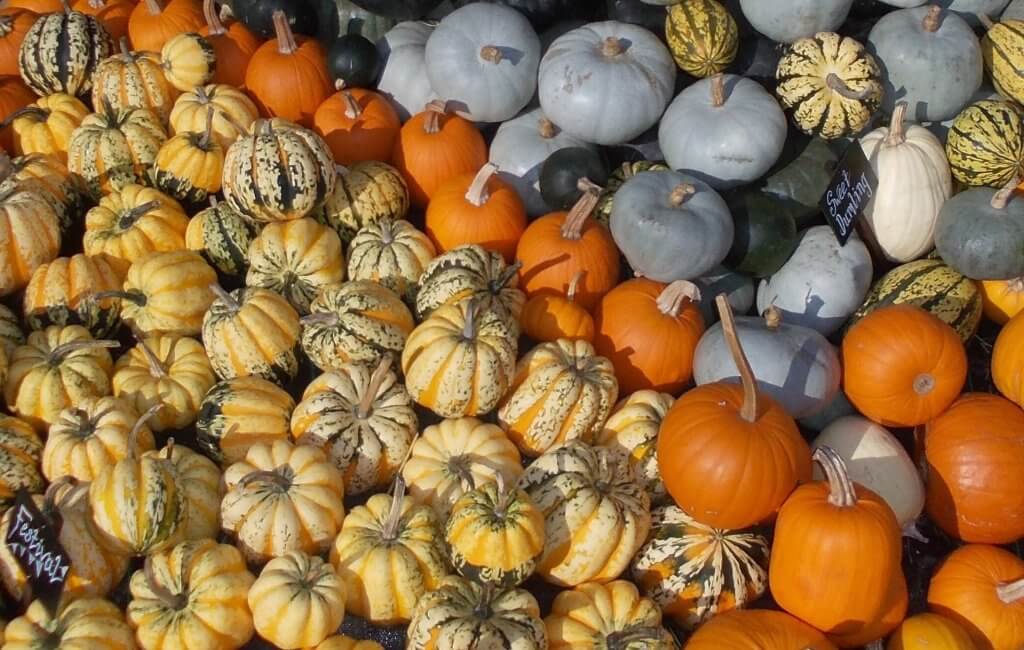
Summer squash are typically harvested over the summer and are typically eaten fresh. They often produce over the entire summer season.
Winter squash are typically harvested late in the season and can be enjoyed over the winter months given their remarkable ability to stay preserved.
Find The Right Squash Varieties
Overall, we can tell you that we’ve had a lot less troubles with summer squash varieties than we have winter squash. Practically every summer squash variety that we’ve tried has been successful to some degree.
In colder climates, like the subarctic, winter squash can present a lot more challenges than their summer variety brethren. In particularly cooler summers, we tend to have more problems than warmer summers.
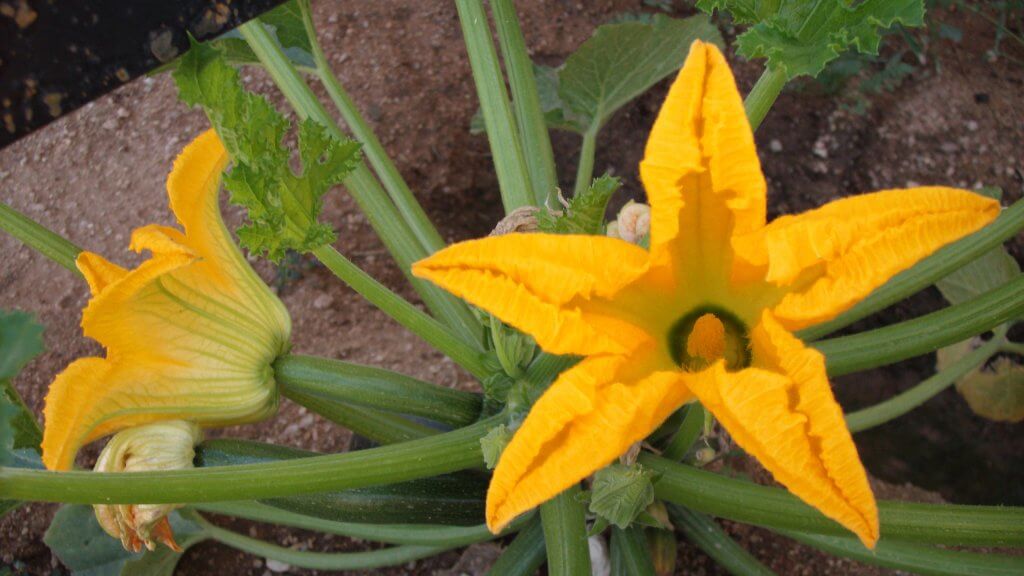 Unfortunately, there are few “hard and fast” rules about what works and what doesn’t. Success is highly variety specific.
Unfortunately, there are few “hard and fast” rules about what works and what doesn’t. Success is highly variety specific.
The squash size doesn’t really have any bearing as to whether it will produce well or not. Even expected maturity dates also have little bearing.
The only true thing you can rely on is that you can’t grow a 150 day squash in a 100 day growing season. It’s also reasonable to assume varieties that originate from very warm or tropical regions would also present issues.
Try to find winter squash varieties with maturity times around 100 days or less. This is necessary as we just don’t have the long season in the subarctic like you’d find at lower latitudes.
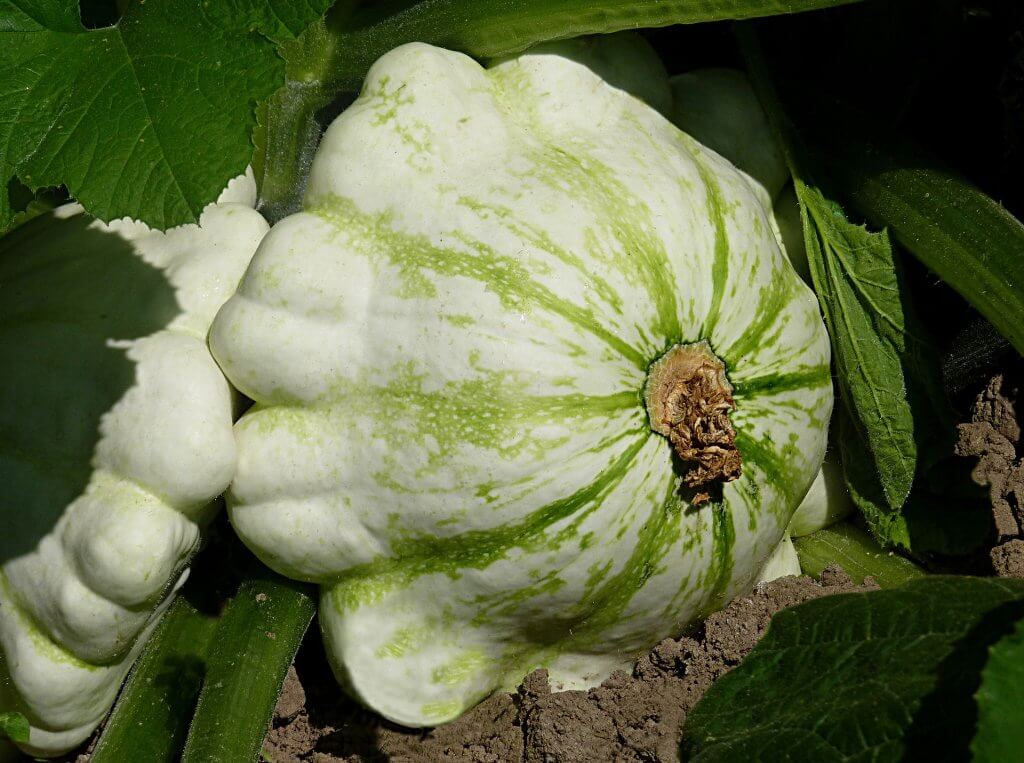
We’ve had to do a ton of trials to find winter squash varieties that do consistently well in our subarctic climate. Some of the varieties that we have found to do well are as follows.
Summer Squash:
- Patty Pan
- Zucchini
- Crookneck Squash
Winter Squash:
- Galeux D’Eysine
- Golden Nugget
- Thelma Sanders Acorn
- Morenga Pumpkin
These list is by no means intended to be comprehensive, it’s just some of our top favorites that we like to grow in our subarctic gardens every year.
We always diversify our squash harvest, just to reduce our chances of single crop failure. Typically, we plant 2-3 summer squash varieties and 5-6 winter squash varieties.
We give our squash trials two years, per variety, to “strut their stuff.” If they don’t produce, or do so marginally, we move on to something else. No sense in growing what doesn’t work.
Start Your Squash Plants 4-5 Weeks Before Last Frost
In the subarctic, we can’t plant our squash directly in the ground after last frost. The soil tends to be too cool to promote germination. We also need a little bit more time for the squash to reach full maturity within our short growing season.
Squash are very fast growers and don’t need a lot of time to get to transplant size. They are one of the last plants you will seed every year.
Using 4-5 weeks before your last frost is vital to your sanity. We have seen people plant squash several weeks before this and they end up with a squash jungle taking over their indoor garden.
Squash are warm loving plants, so they will have difficulty if you try to germinate their seeds in cooler soils. Try to get around 70 degrees Fahrenheit for your soil and ambient air temperatures for best results.
Germinate Your Squash In A Larger Container
As mentioned above, squash are fast to grow and quickly develop into a larger plant.
We like to germinate our squash directly in 3.5 inch pots. Definitely avoid the use of a seeding tray for squash, if only because you will immediately have to transplant it.
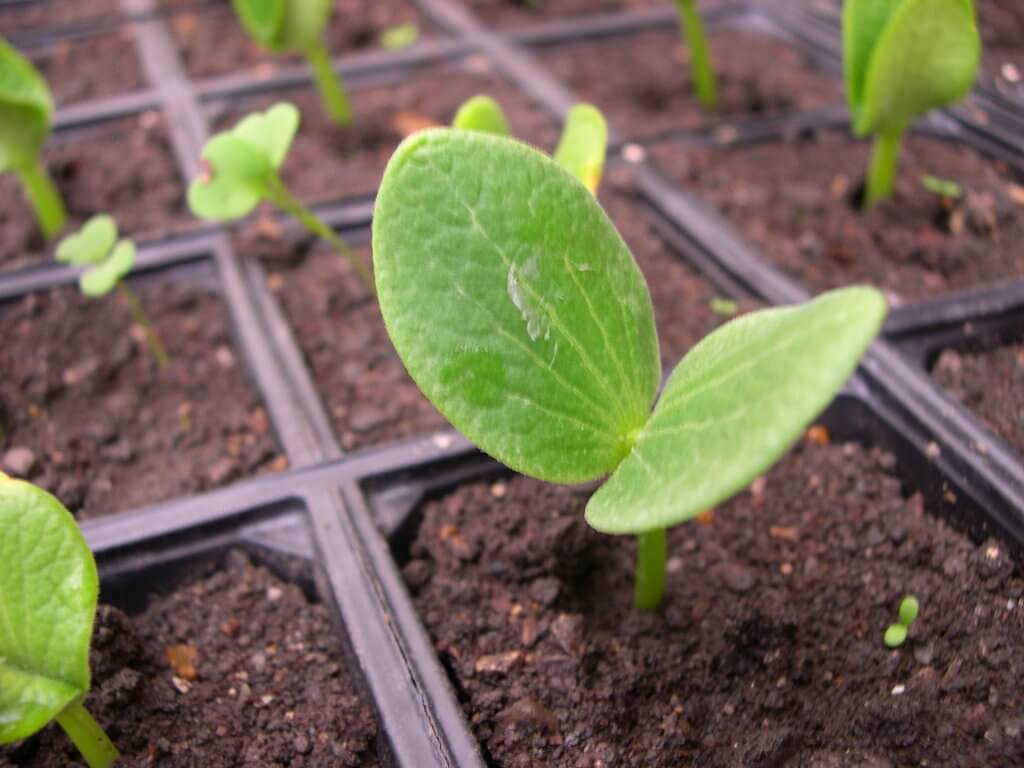
We often sow into 3.5 inch pots and grow them in that container all the way up to transplant size. Squash are a bit sensitive to transplanting, so you want to avoid doing it more than is absolutely necessary.
You really only need to plant one squash seed, unlike a lot of other plants. Since they are somewhat transplant sensitive, especially at a young age, it’s best to only provide the opportunity for one squash plant to grow.
Plan For Both Summer And Winter Squash
Most people “definitely” want to grow a few zucchini’s every year. There are quite a few other summer squash you can try too!
We really like crookneck and patty pan squash in our gardens. These are great summer squash alternatives for when you get tired of endless zucchini.
Summer squash tend to produce in frequent “waves” and thus you don’t need a ton of plants. One or two plants of each type are usually adequate for most people.
More than that and your friends are going to start looking at you cross-eyed from all the squash you try to give them! Enemies have been made over summer squash.
We like to grow a ton of winter squash as well. Usually winter squash outnumber our summer squash by at least three to one.
Winter squash can be stored at indoor temperatures for quite some time after harvest. This makes them an ideal candidate for fall and winter decorations around the house, often surviving well into the following year.
Plan Your Squash Garden Appropriately
Squash are comparatively large plants. They need a lot of space to grow in and will tend to “spread out” if they are allowed to.
Plan on using a minimum plant spacing of 24 inches. Some squash can get really big, benefitting from even greater plant spacing.
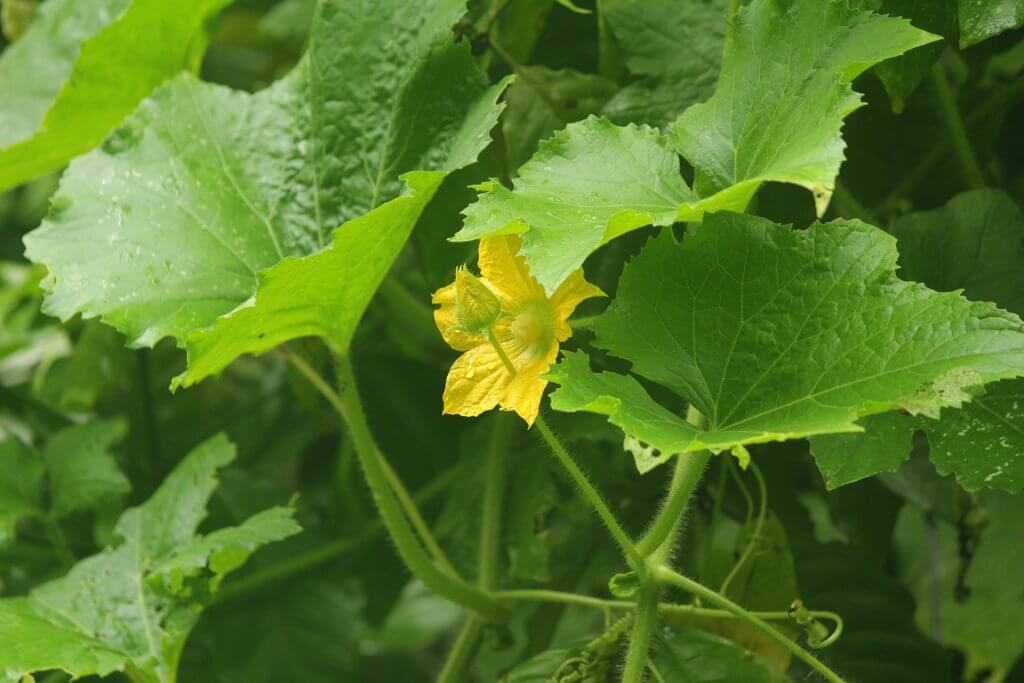
Squash also strongly prefer warmer areas. If you can use raised beds or raised garden rows, your squash will definitely appreciate it.
Growing squash in containers can be difficult. Squash are very thirsty plants and will drink water very quickly. Containers limit how much water the plant can get.
If you want to do this, plan on watering very frequently (once a day or more) once the plant is substantial. You can also look at sub irrigated containers, such as the GroBuckets we like to use, but even these can be stressed by squash.
Wait To Plant Squash Until After Last Frost
Squash are highly sensitive to frosts. You have to be careful about when you plant them as a late frost could inadvertently destroy your entire crop.
In general, it’s best to wait until at least your last frost date to plant squash. Plant earlier only if weather forecasts look great past your last frost date and there is very low risk of frost.
It’s a good idea to have frost cloth (sometimes called remay cloth) on hand, especially when growing squash. You can quickly toss this over your plants if you get an unexpected late frost.
In cold climates, having frost cloth available can save your garden, particularly if you get a late, unexpected frost. It’s not something we use all the time, or even every year, but we have had to use it now and again.
By Every Means Possible, Attract Pollinators!
Many types of squash are what are called a monecious type of plant. This means that it has both male and female flowers. For successful pollination to occur, pollen must travel between male and female flowers.
This role is typically performed by bees and flies.
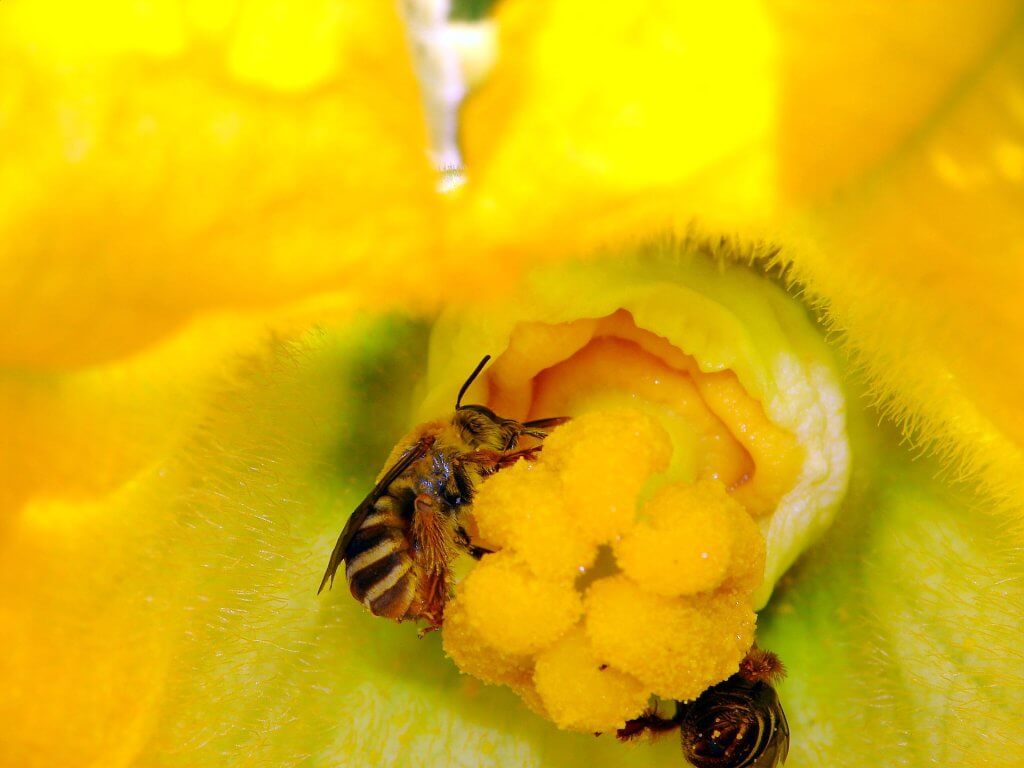 In and around your squash garden, it will benefit you to also plant pollinator attractors. We like giant pollen producing sunflowers and many other flowers. We also purposefully allow some of our broccoli to go to flower, as it is a great bee attractor.
In and around your squash garden, it will benefit you to also plant pollinator attractors. We like giant pollen producing sunflowers and many other flowers. We also purposefully allow some of our broccoli to go to flower, as it is a great bee attractor.
Experts in bee behavior have determined that most pollen gathering trips, bees go after a singular type of flower. If they are in your area, and like what they see, they will tell the rest of the hive about the smorgasbord you are offering.
Anything you can do to “bee noticed” will help your squash garden be more successful.
You can also hand pollinate your squash. This might even be necessary if pollinator count is particularly low in your area.
If you are having difficulties, hand pollination of your squash is one of the most effective things you can do to increase yields.
Learn How To Interpret Squash Failures
There are a few things that can go wrong while you are growing squash.
The most common failure is seeing a little baby squash that turns brown on the end, eventually falling off the plant. Many gardeners misinterpret this problem to be an issue with soil fertility, choosing to put various things on their plant.
This problem isn’t related to nutrition at all! This is what happens when a female squash flower is not fertilized. Remember, pollen has to travel from a male flower to a female flower. If it doesn’t, the plant will abort the baby squash and this is what that process looks like.
You can correct this issue by either increasing pollinators that visit your garden (see our flower tips above) or by hand pollinating your squash as above.
If You’ve Had Troubles Getting Squash To Pollinate, Try Parthenocarpic Varieties
Above, we talked squash being monecious plants and requiring pollen to travel from a male flower to a female flower.
If you’re having consistent problems, it might be worth seeking out squash varieties that are specifically marketed as being parthenocarpic. These parthenocarpic varieties will typically self-pollinate and can increase your chances of success.
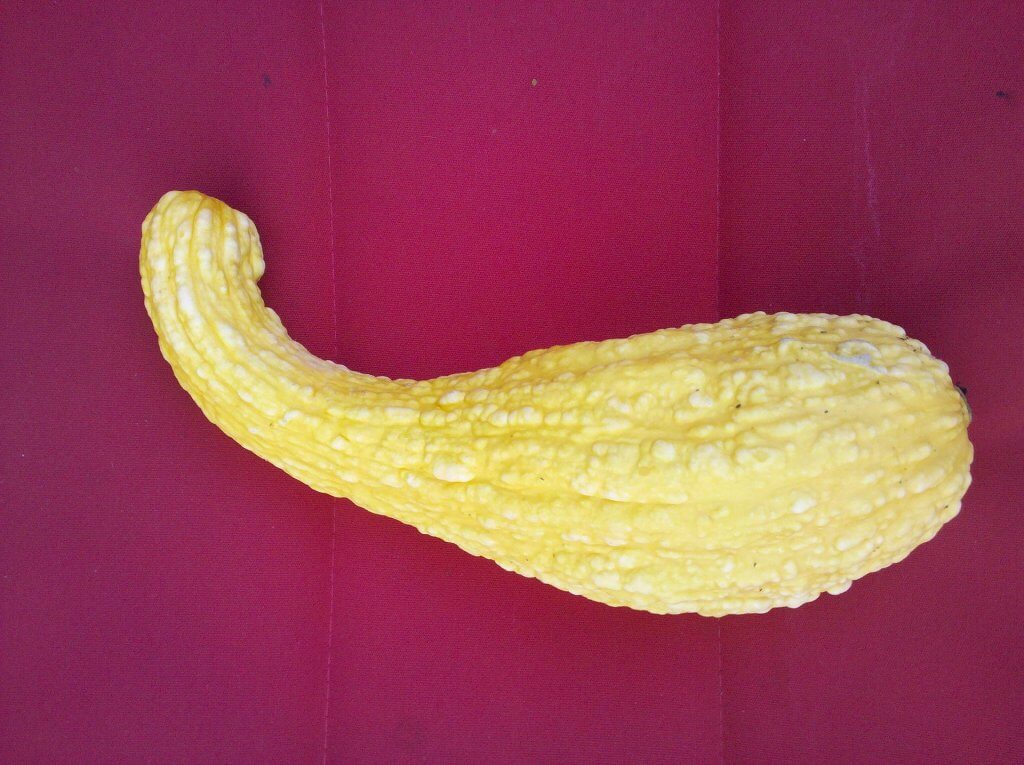
Just be aware that due to the complexities mentioned above, few squash varieties are completely parthenocarpic. They are typically some blend of being monecious and parthenocarpic. This basically translates to, “YMMV“, or “your mileage may vary.”
On the subject of these squash varieties, it is far more common to find parthenocarpic summer squash. While it’s more rare to find parthenocarpic winter squash varieties, some cultivars do exist.
We will also add, that if you grow squash in a greenhouse or hoophouse, parthenocarpic varieties are a good choice. Though the warmer temperatures will benefit your squash, they also tend to restrict access from pollinators. You can also hand pollinate as well!
Water Squash Deeply & Fairly Often
Squash are a thirsty plant. They need a contiguous water supply to produce well.
When we tried growing squash in containers, we were absolutely astonished by how much water they would go through, when allowed. They could drink a gallon of water in several hours.
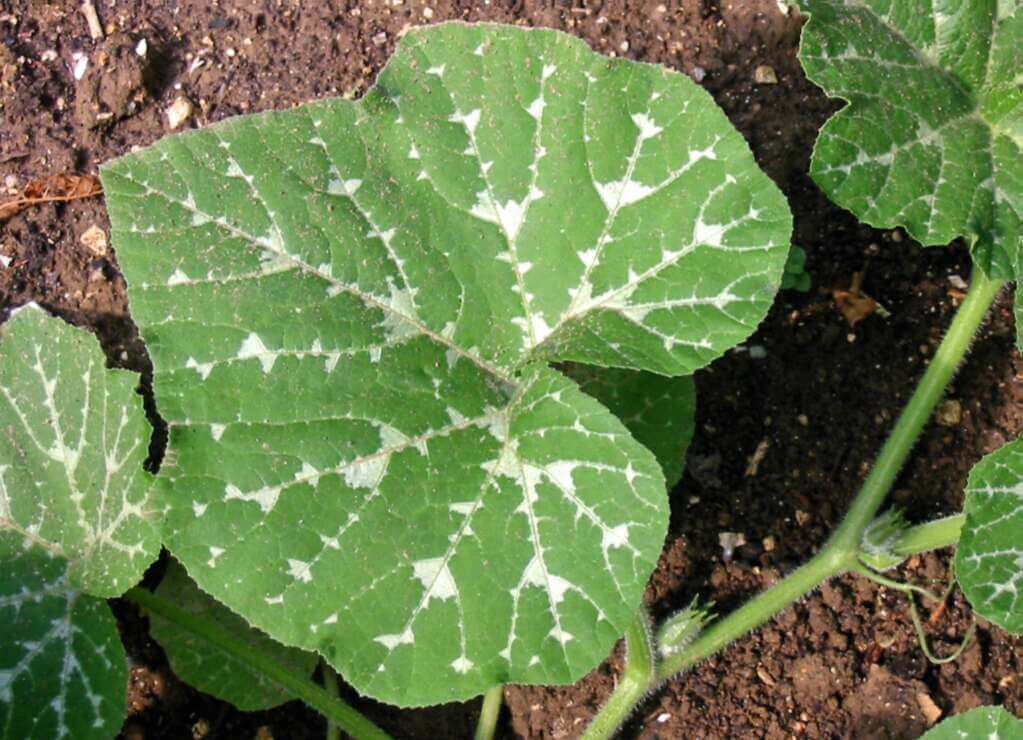
Squash don’t handle dry conditions as well as many other plants and lack of water access can affect the growth of your squash.
As with most of your garden, it’s best to “water deeply” which basically means to fully saturate the ground with water. During warmer periods, it’s always a good idea to maintain watering frequency to ensure your plants don’t suffer from dehydration.
Squash are capable of rooting fairly deeply, which allows them access to a lot more water than many other plants.
We don’t have a specific regiment for watering, as we like to depend on natural rainfall when possible to keep our squash garden well hydrated. In general, though, we try not to allow more than 2-3 days between watering.
Harvest Right Around Your First Frost
As mentioned above, squash are very sensitive to frost. It is likely that the first frost of the season will completely kill the plant, marking the end of the squash season.
You do have a little bit of flexibility in your harvest, though. The actual squash are typically unfazed by the first frost, meaning you don’t have to hurry to harvest before your first frost.
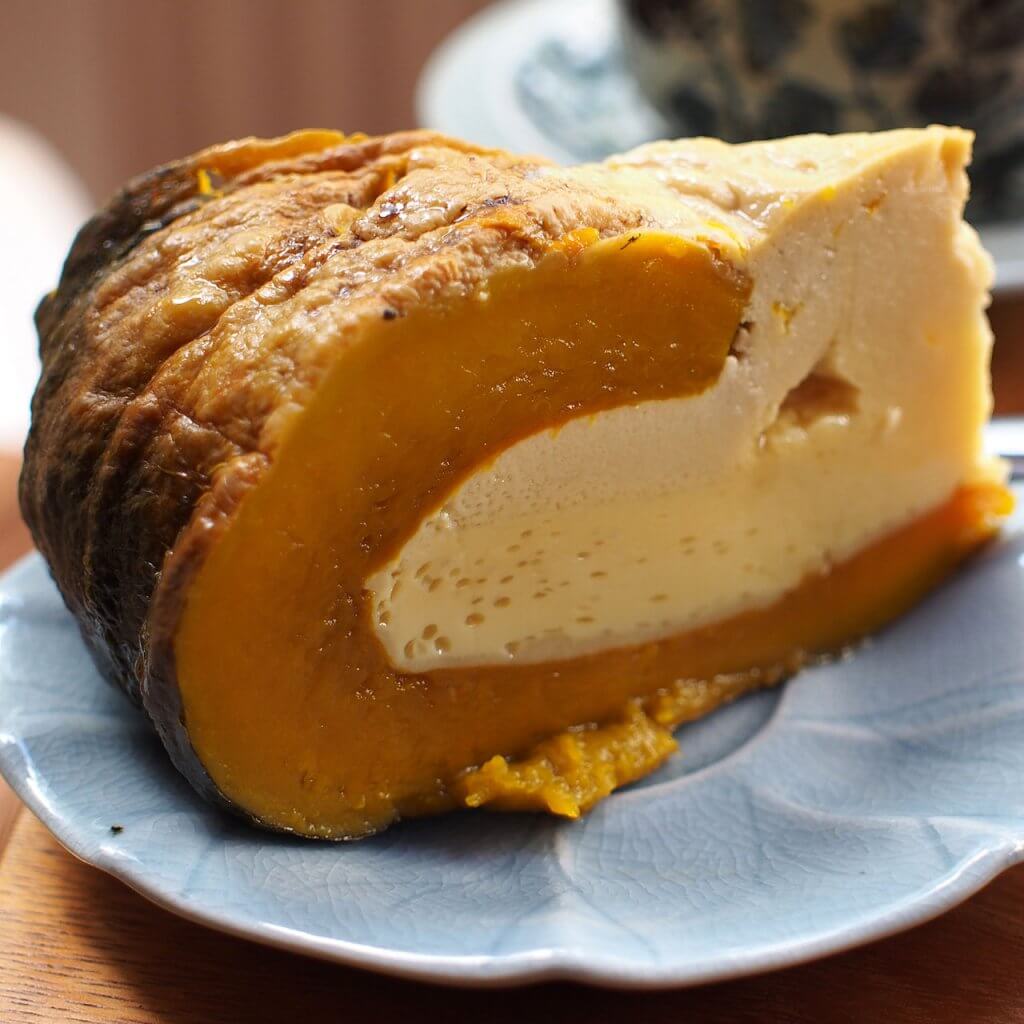
Don’t dilly dally too long, though. You do want to harvest your squash soon as the plant has died off. There is zero benefit to keeping the squash on the plant as there will be no further growth past this point.
Also, you really want to avoid freezing cycles for mature squash. They will not handle this well and it’s best to protect them by harvesting.
Cure Your Winter Squash For Long Term Storage
If you’re growing winter squash, one thing you definitely want to do is cure them prior to storage. This will assure you maximum shelf life, often times 3 to 6 months.
The curing process is very simple. Just place your winter squash outdoors, in direct sunlight, for a week or two. Be sure to rotate the squash several times to ensure good, even coverage.
You want to bring your squash indoors on days where there is risk of rain or freezing temperatures. We like to bring our winter squash inside every night, just to make sure they will be OK.
If you have any damaged winter squash, use them immediately. The damage will eventually result in spoilage if you try to store them.
There is only one exception to this rule, you don’t cure acorn squash!
May The Squash Be With You!
We hope this post has helped provide some insight and helpful information for growing squash in cold climates.
While squash are a bit more challenging to grow in subarctic climates, they are very rewarding and well worth the effort.
There are many ways you can preserve and use squash as well. We love having our squash available for the winter months, it’s always a nice way to get a garden treat over those brutally cold winter months!
That’s All We Wrote!

Having a good time? We have an ever growing list of insightful and helpful subarctic & cold climate gardening articles, waiting out there for you!
- Cold Climate Gardening Basics 👉
- Growing Your Garden From Seed Indoors 👉
- Advanced Cold Climate Gardening Techniques 👉
- Plant Specific Cold Climate Growing Guides 👉
- Subarctic Perennial Food Forests & Foraging 👉
- Indoor Garden Lighting & Grow Rooms 👉
- Greenhouses & Temperature Control 👉
- Harvesting & Food Preservation 👉
- Solving Cold Climate Garden Problems 👉
- 1 Minute Reads On Tons Of Garden Topics 👉
FrostyGarden.com is 100% ad-free and we do not use affiliate links! This resource is voluntarily supported by our readers. (Like YOU!) If we provided you value, would you consider supporting us?

Thank you for your well-written article. We’ve grown parthenocarpic squash as a backup for pollinating our winter squash blossoms. We live in a marine climate, 99833 zone 6-7, and the sudden switch between sun to monsoon creates a dilemma for squash growing. We’ve built raised beds on stilts, with a Conestoga wagon shaped lid using PVC for the hoops and four layers of 6-mil ag plastic for the cover. Definitely helps with production and maintaining soil temperature (we have land otters and feral cats that routinely come through the yard scavenging thus the raised bed design). We also have a Growing Spaces greenhouse and grow parthenocarpic and winter squash which grows the harvest.
Can u grow butternut temp 25 to 45 f dec – Jan – Feb ?
All squash a fairly sensitive to cooler temperatures. They can tolerate into the 40’s, but will grow much more slowly at these temps. Into the mid-30’s, they will typically experience severe frost damage, which will eventually result in their loss. Sorry for the bad news!
Hi!
So happy that I found your page! I’ve been hunting around for one that dealt with similar challenges – we are northeast of Fort Nelson, BC, zone 3a, with an elevation of 600 m (200 m above town). We have spent the last couple of years building up the property (5 acres) and adjusting to the new climate challenges (originally from Vancouver Island, BC). We’ve has some successes, mostly root veggies & our hot pepper greenhouse, but squash has evaded me!!! I am so happy to hear you are having success! Have you tried Spaghetti Squash up there? At 2.49/lb from the grocery store, I am determined to figure out how to get them going here! Do you think they would benefit (at transplant stage) from a poly tunnel style in a raised bed? I’ve had great success with our carrots that way – to get them started earlier & make it through the early frosts in the fall. I look forward to hearing your input!
Greetings! We’re glad you found us, too! Thanks for sharing your experience! We like the Ft. Nelson area in BC!
From what I recall, we haven’t yet tried the true “spaghetti squash” variety yet, but we do grow quite a few other varieties. We grow our squash outdoors in raised rows, which allow the soil to be warmed up reasonably quickly. As for growing squash in a poly tunnel, the only “gotcha” is that you often have to pollinate by hand. Squash are monoecious, meaning pollen has to travel from the male flower to the female flowers, and tunnels/greenhouses often block pollinators. Squash would definitely appreciate the added heat, but it’s a tradeoff in a lot more labor. Hope that helps! Good luck next season!